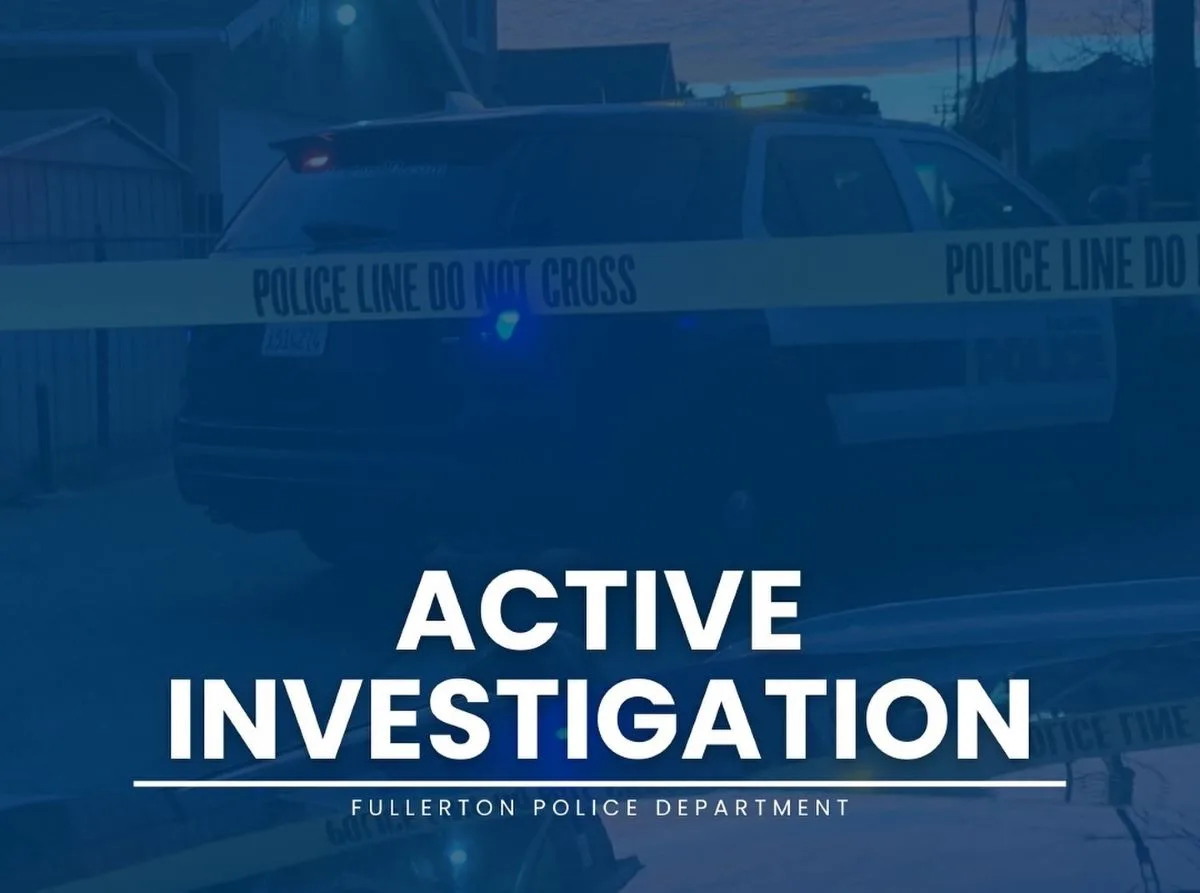UPDATE: The lockdowns at Troy High School and Fullerton Union High School have been lifted. Officers remain on scene, and the investigation into the threats is ongoing.
Update 2:54 PM- An additional call was received with a threat made to Fern Drive Elementary. Officers are on scene with students and staff. For all parents of Fern Drive Elementary students, please refer to the email from the school district regarding evacuation procedures.
Police Officers are currently responding to three separate bomb threats received via phone calls at Sunny Hills High School, Fullerton Union High School, and Troy High School, according to the Fullerton Police Department.
All three campuses are on lockdown while police officers thoroughly investigate the threats. At this time, it is unknown whether these threats are credible.
The FPD is asking the community to avoid the area surrounding each school so officers and school staff can focus on safety and the investigation.
CSUF also sent a notice to students and employees to avoid the area near State College Blvd. and Dorothy Lane. CSUF remains open but vehicle access is not advised in that area. Troy High School students are being released for the day near Titan Hall.
The FPD will provide updates will be provided as soon as additional information becomes available.
Here’s what the data and research show about bomb threats at schools in California and nationally:
- Bomb threats are not rare: Schools across the U.S. experience hundreds of bomb threats annually. In 2023, schools and universities nationwide received over 1,100 threats, according to the U.S. Bomb Data Center.
- California has had notable incidents: Historical cases include multiple bomb threats and even explosive devices forcing closures of schools in the state. These incidents have been documented since the late 1990s and continue to occur periodically.
- Post-Columbine trend: After the 1999 Columbine attack, bomb threats spiked nationally and became a recurring issue. While the frequency leveled off, threats still happen every school year, often in waves or clusters.
- Recent patterns: Violent threats (including bomb threats) fluctuate year to year, but they remain a persistent concern. The Educator’s School Safety Network reports that threats of violence in schools have returned to pre-pandemic levels, with thousands of incidents tracked annually across the U.S..
- California-specific data: The state does not publish a separate bomb-threat-only statistic, but its Comprehensive School Safety Plans mandate procedures for handling such threats, indicating they are considered a significant risk factor.
- Impact on schools: Bomb threats cause lockdowns, evacuations, and major disruptions even when they turn out to be hoaxes. They also strain law enforcement and school resources and create anxiety in communities.
In California, suspects who make bomb threats to schools can face serious criminal penalties under multiple laws:
1. Penal Code § 422 – Criminal Threats
- Applies to threats of death or great bodily injury, including threats to bomb a school.
- Classification: “Wobbler” (can be charged as misdemeanor or felony).
- Penalties:
- Misdemeanor: Up to 1 year in county jail and/or up to $1,000 fine.
- Felony: 16 months, 2 years, or 3 years in state prison, and/or up to $10,000 fine.
- Enhanced penalties if a weapon was involved or if the threat targeted school staff or peace officers.
- Conviction counts as a strike under California’s Three Strikes Law.
2. SB 19 (2025) – Threats Against Schools
- Creates a specific crime for threats targeting schools, universities, and similar institutions—even if no individual is named.
- Penalty: Up to 1 year in county jail or state prison for severe cases.
- Applies to threats made verbally, in writing, or online (including social media posts).
3. Penal Code § 148.1 – False Bomb Threats
- Covers knowingly making a false bomb report to law enforcement, school staff, or any person.
- Penalty: Up to 1 year in county jail or imprisonment under Section 1170(h) (which can mean state prison for felony cases).
- Sending or possessing a fake bomb with intent to cause fear can also lead to felony charges.
4. Additional Consequences
- School Discipline: Students can be suspended or expelled under Education Code § 48900.7 for making “terroristic threats” against school property or staff.
- Federal Charges: If the threat crosses state lines or involves interstate communication, federal law can apply (up to 5 years in prison for hoax threats).
